The Department of National Defence relied on outdated science to conclude that it was safe to reopen gunnery training in the waters off the coast of southwest Vancouver Island, say two scientists with Fisheries and Oceans Canada.
In 2019, the military paused small arms training in a 330-square-kilometre area of the ocean known as Whiskey Hotel, off the southwest coast of Vancouver Island. The DND paused the training to study how the loud, intermittent noise created by firing guns from ships and planes was affecting marine mammals. Whales and other marine mammals, like sea lions, use sound to communicate with each other as part of many different tasks that vary by species — everything from mating and feeding to locating young and marking territory. But the sound of weapons firing in the water can make these communications harder to hear.
At the time training was paused, Whiskey Hotel was being used about 60 days a year by the U.S. Coast Guard, the U.S. navy, the Royal Canadian Navy, the Royal Canadian Air Force and the Canadian Armed Forces.
An extensive report, prepared by Golder Associates Ltd. and delivered to the government the following year, used acoustic analysis and population density estimates for a variety of marine mammals, including humpback whales, orcas, dolphins, porpoises, sea lions and harbour seals, to estimate the potential effects of gunnery training on marine mammals in Whiskey Hotel. The report also suggests related mitigation measures, including ceasefire procedures for when a marine mammal is spotted. The mitigation zone, a Maritime Forces Pacific spokesperson told The Tyee, has been set at a radius of 250 yards from a vessel for small arms firings.
These measures are designed to prevent acoustic injury to marine mammals. But they won’t prevent “masking” effects from the gunfire — meaning that the sound of the gunfire travelling underwater will drown out, or compete with, communication between marine mammals.
Harbour seals, Steller’s sea lions and southern resident killer whales were identified as species that might be most affected by masking in the area.
When it comes to humpback whales, the report says the potential for masking to occur is “considered low” due to an “expected low density” of humpbacks in the training area.
The problem, says Christie McMillan, an aquatic biologist for Fisheries and Oceans Canada, is that this assumption of “low density” is inaccurate.
“Humpback whales were not found that much in the Salish Sea for a long time,” McMillan says. McMillan leads a project focused on monitoring the seasonal abundance, distribution and behaviour of whales, dolphins and porpoises in the southern Salish Sea.
“There were surveys done in mid-2004 or 2005 where there were no humpbacks sighted within that area. But more recently, it is very well known that there are humpbacks in those areas.”
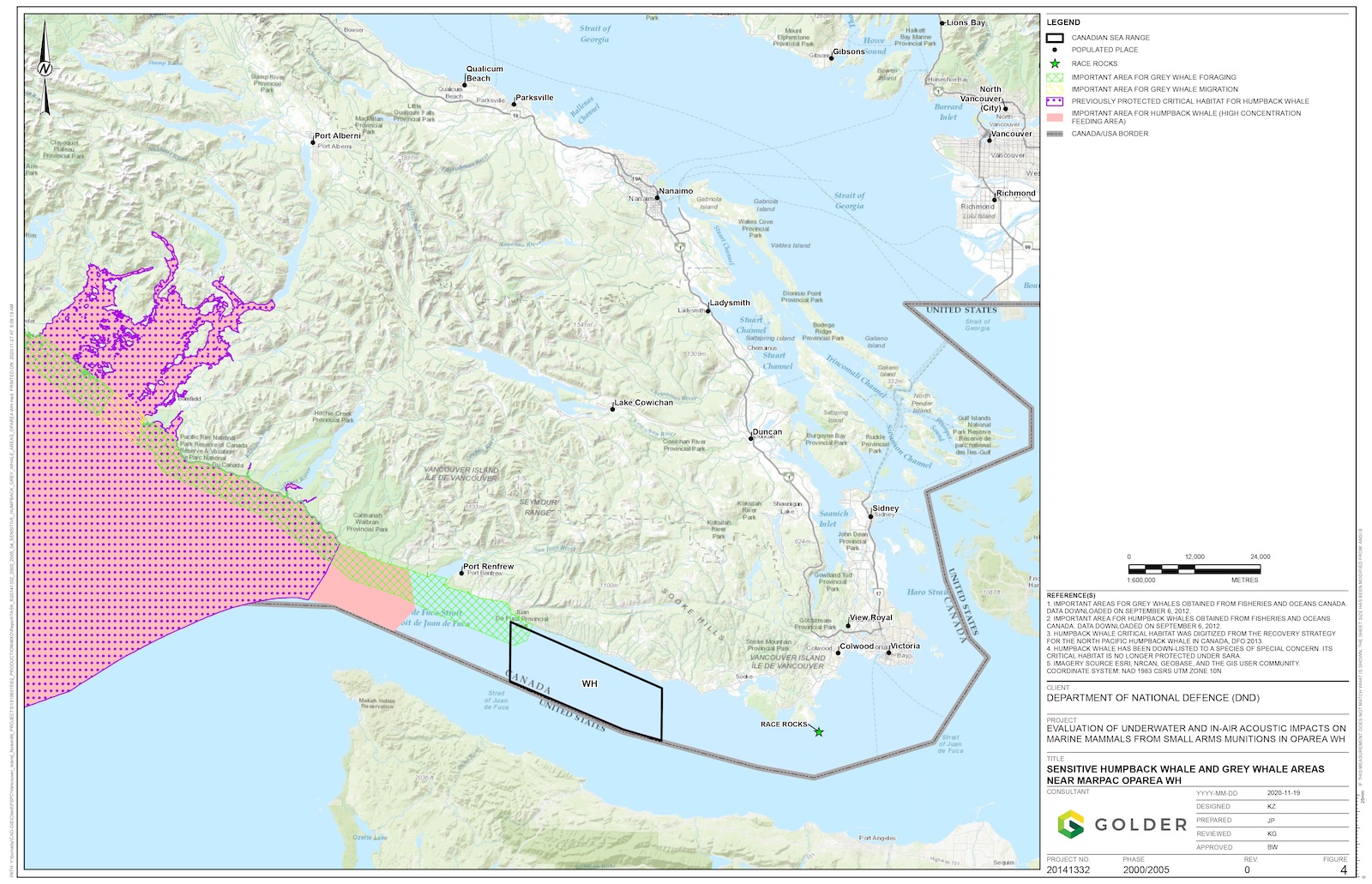
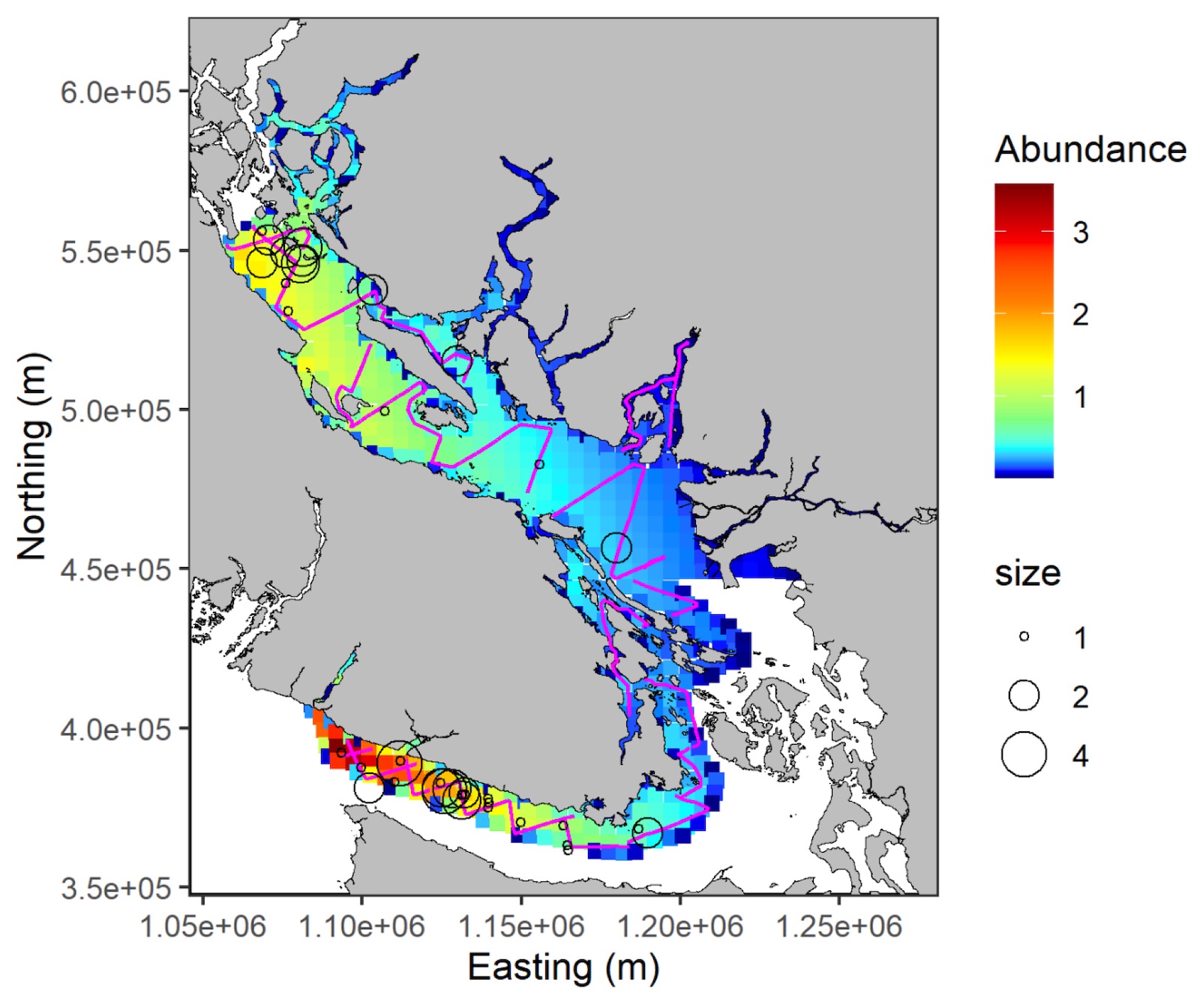
In response to questions from The Tyee, a Maritime Forces Pacific spokesperson said the forces were “engaged in ongoing assessment and refinement of mitigation procedures, adapting to advancements in scientific research, emerging technologies and established thresholds.”
Thomas Doniol-Valcroze, head of the Cetacean Research Program for B.C. at Fisheries and Oceans Canada, adds that there are published studies, available online, that quantify the number of whales in the Salish Sea, and hot spots for their distribution.
The Golder report appears to rely on research published about humpback whales in 2004, 2008 and 2013. McMillan shared more contemporary research with The Tyee that would have been available during the report-writing period. The newer research shows recent increases in humpback whale density in the area.
“If the reasoning is based on ‘It’s unlikely to impact humpbacks, because the density of humpbacks is low,’ that’s a really flawed statement,” McMillan says.
‘Beings that live in a world of sound’
The number of humpback whales in the Salish Sea is rebounding because the species’ population is growing, Janie Wray, CEO and lead researcher of BC Whales, told The Tyee.
“They’re coming home,” Wray says. “When you go back 100 years, pre-whaling, there were all kinds of humpbacks in and around [the Sunshine Coast], and in and around Victoria and Vancouver. They’re just coming back.”
Underwater communication is key for humpbacks, Wray says. “These are beings that live in a world of sound. Sound is everything to them, just as eyesight is to us.”
“They use a lot of different social calls to communicate between members of the population,” Wray adds.
In the fall, for example, Wray says, the males begin singing “these long, truly beautiful songs” that can last for 15 to 20 minutes.
“They’ll go from what we’d call one verse to another verse to another verse; when they get to the end, they’ll go back and start at the beginning,” Wray says.
“Every year, they change the song. And while they’re changing it, different males along the entire coast of B.C., somehow that message is getting passed on from male to male. They’re here, they’re in the feeding grounds, they’re singing, and now they’re all going to start migrating towards Mexico or Hawaii. And whatever they’ve decided on here, they’re going to take that information with them.”
Songs also play a key role for humpback whales when it comes to mating, Wray says.
When it comes to bubble-net feeding — a technique groups of unrelated humpbacks use to “net” and feed on schools of herring — they use songs to co-ordinate their efforts and force the herring into their bubble net, Wray adds.
The frequencies at which these humpback whale communications occur overlap with the small arms training occurring in Whiskey Hotel, according to the Golder report, leading to “masking” — something Wray likens to walking into a noisy bar and trying to hold a conversation with a friend.
“Another great analogy that I like is you’re out on a boat on the water, and the fog rolls in, and you suddenly can’t see. That’s what masking is. They suddenly cannot hear what’s in their acoustic soundscape because the soundscape is filled with noise,” Wray says.
These calls are interrupted by many things on B.C.’s coast, including boat traffic and cruise ship traffic, Wray says. The specifics are complex — variables include the area’s bathymetry and what else is going on in the water — so it’s difficult to calculate the radius of impact, Wray says.
“If the whales are side by side, it’s different. It depends on the proximity of one whale to another whale,” she says. “If they’re spread out foraging, then masking would definitely occur.”
Wray adds that gunnery training could be particularly disruptive.
“When you’re talking about guns, that sounds like you’ve got big noise, and then you have silence, you have a big noise and then you have silence. I think that that would be very frightening to whales.”
Wray says she isn’t aware of any studies that specifically examined the effects of gunnery training on marine mammals. The Golder report analysis didn’t uncover any either. Instead, the report included detailed modelling from JASCO Applied Sciences, a firm that specializes in analyzing underwater acoustic data.
“If I was to guess, which isn’t very scientific of me, but if I was to guess, I would say that they would start to leave that area because they would not know what is going on,” Wray says.
Ocean noise, and how to better coexist
Kieran Cox recently published a journal article on the issue of military training in Whiskey Hotel. Cox is a Liber Ero and Natural Sciences and Engineering Research Council of Canada post-doctoral fellow at Simon Fraser University’s department of biological sciences. He says it’s important to keep in mind that military training activities are exempt from the constrictions placed on Canadians through legislation like the Species at Risk Act.
“One thing that the DND did extremely well was halting the activity while they commissioned a report,” Cox says of the 2019 study. Additionally, the DND commissioned a third party to do the analysis, which Cox says bolsters transparency and public insight.
The DND also acted in good faith by enacting the mitigation measures suggested in the Golder report, Cox says.
“It’s well beyond what they’re legally required to do,” Cox says.
“The DND/CAF have long adopted a code of environmental stewardship, aiming to meet or exceed the letter and spirit of federal environmental laws,” a Maritime Forces Pacific spokesperson told The Tyee.
The mitigation measures suggested in the Golder report are also conservative, Cox says, erring on the side of caution.
In response to questions from The Tyee, a Maritime Forces Pacific spokesperson told The Tyee that Maritime Forces Pacific policy “mandates the presence of designated lookouts who have been given the Marine Species Awareness Training.”
If marine mammals are spotted in the mitigation zone, firing either doesn’t start or, if it has started, ceases, the spokesperson says.
The DND also uses “passive acoustic sensors” to listen for marine mammal vocalizations — helpful for species like humpbacks, which spend the majority of their time underwater, diving up to 600 metres.
It also issued a research challenge, awarding funding to 10 projects aiming to improve real-time detection of marine mammals.
Cox, whose current research is focused on mapping vessel-generated noise pollution off the coast of British Columbia, says it is important to consider the effects human-generated noise has on marine mammals.
“Masking is going to be a real topic in this dialogue in the decade to come, especially as Canada puts forth a government ocean noise strategy,” he says.
“My big thing is the inclusion of fish and invertebrates in this conversation,” Cox adds. “We’ve documented now, with the work we’re doing with fish sounds, around 1,000 species of fish that make noise and communicate. Many of the things that people think of as very characteristic of marine mammals, fish do as well.”
When it comes to humpbacks in Whiskey Hotel, scientists say that gunnery training could impact the population in the Salish Sea, especially as the species continues rebounding.
“I don’t know what makes a good training area for DND. There must be all sorts of constraints and factors,” Doniol-Valcroze says.
“But in that area right there, it’s going to be hard to find days with no humpbacks within any radius of any ship.” ![]()
Read more: Environment




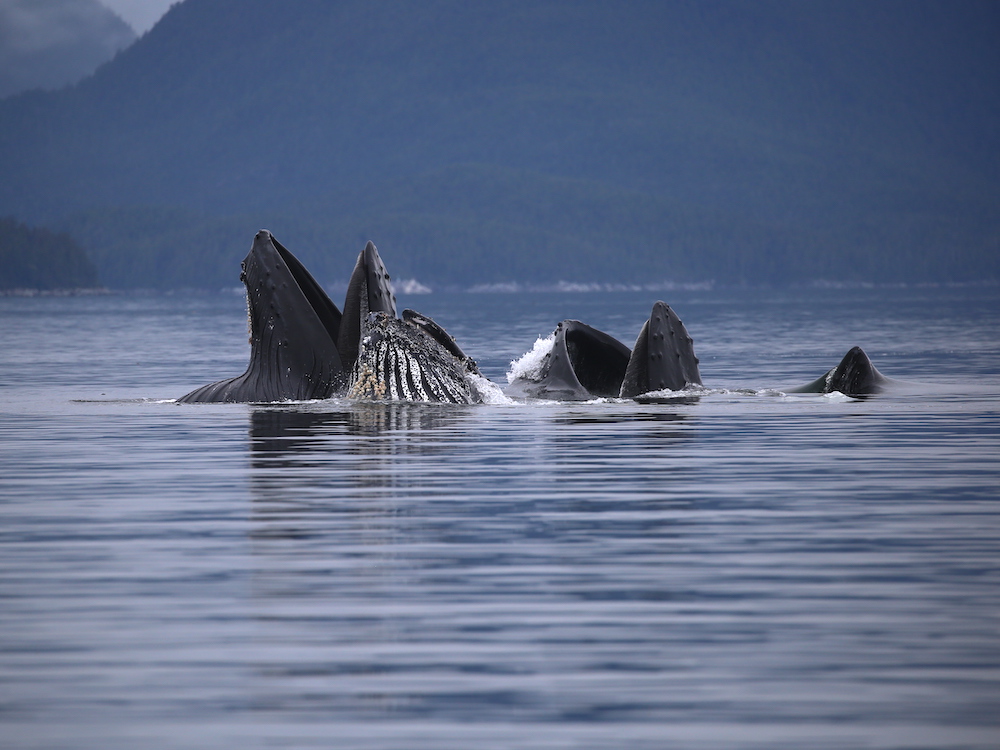

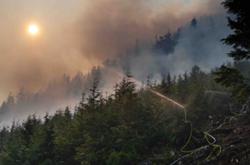




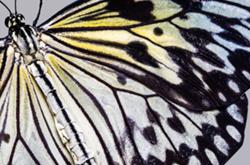



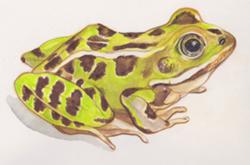

Tyee Commenting Guidelines
Comments that violate guidelines risk being deleted, and violations may result in a temporary or permanent user ban. Maintain the spirit of good conversation to stay in the discussion and be patient with moderators. Comments are reviewed regularly but not in real time.
Do:
Do not: